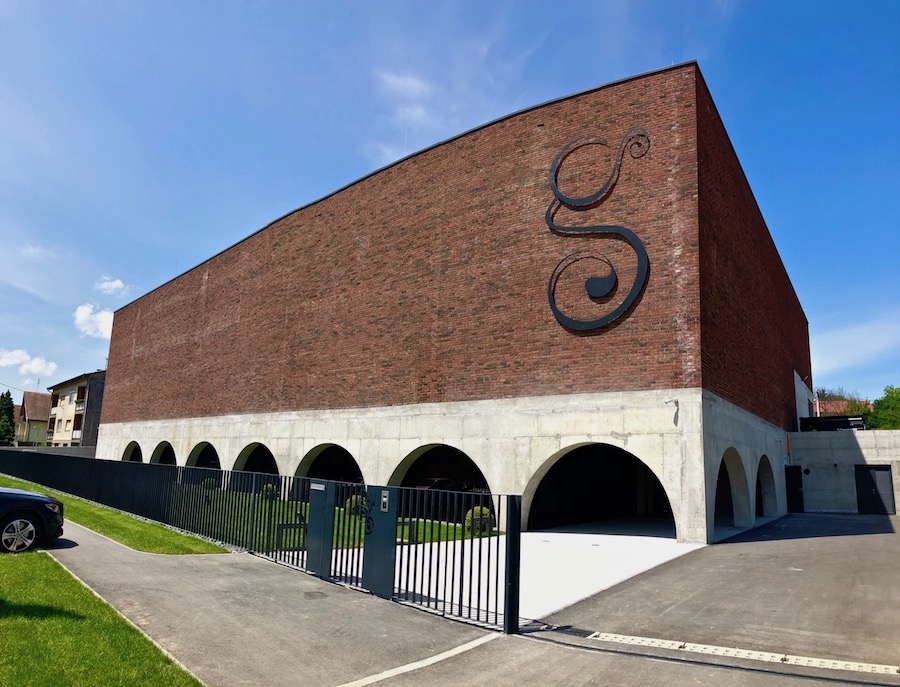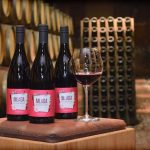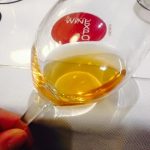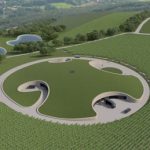Buildings, important and large buildings sometimes surpass their purpose, be it production, office, public or residential. They can surpass even their position in the urban-visual definition of a space. Certain buildings become signs of time. It would be good for the new building of the Galić winery, an excellent example of industrial architecture nestled in the very center of old and picturesque Kutjevo, to mark or at least hint the beginning of a new era in the life of the tired and increasingly deserted Slavonia, or at least the part of it which can truly thrive, such as the Požega area full of superior vineyards and good wines.
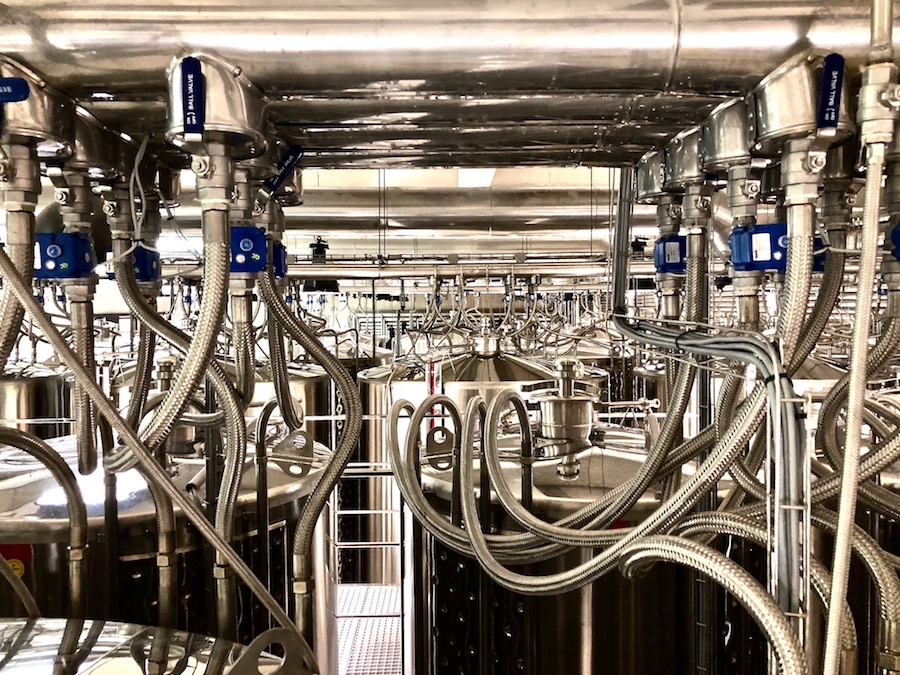
The new winery of Josip Galić, to be officially opened on November 9, certainly possesses the potential to become the symbol of a turn from the current Slavonian reality and a symbol of return to the historic paradigm of a successful and rich Slavonia.
The large square from raw concrete and old bricks surrounded by carefully chosen horticulture signed by the architectural duo Tomislav Ćurković and Zoran Zidarić from the Dva Arhitekta studio, is a 30 million kuna investment, a dozen or so coming from EU funds.
Winery equipment is valued at over 15 million kuna, part of its also financed with European money. And the equipment is the highest technology – various barrels, fermenters, tanks, presses, bottling lines, engine and control room, laboratory with Bacchus 3 and smaller machines such as wax sealers – the best seen in Croatia so far and beyond. A spaceship which truly impressed us.
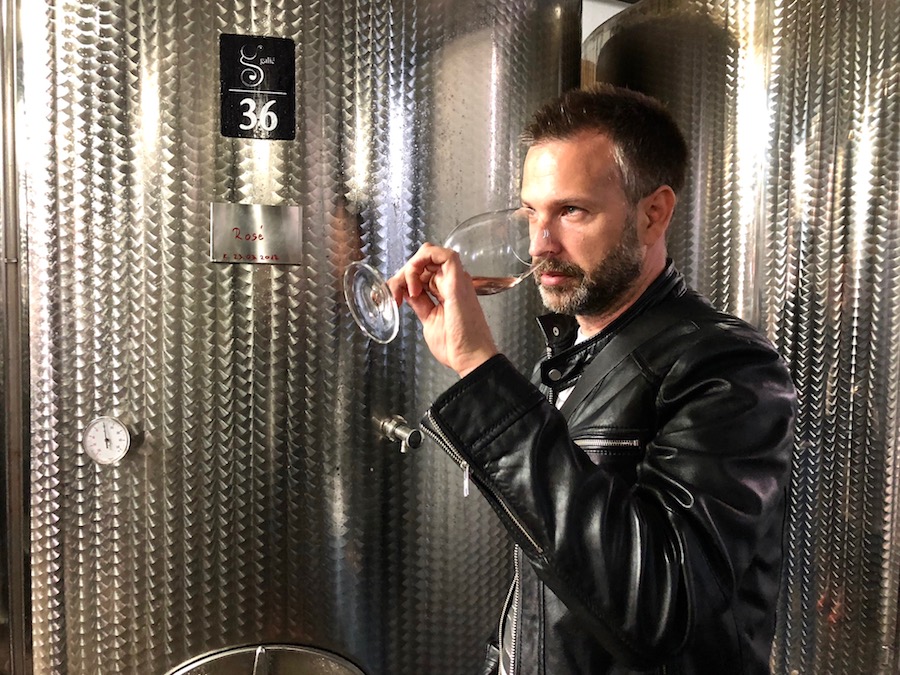
Slaven Jeličić, the long time chief oenologist at Galić and the man who worked on some of the most prestigious Croatian wines such as Boškinac, was justly proud in showing us large wooden barrels with glass inside and narrow windows to observe the fermentation.
Concrete eggs and cones are meant for the future production of macerated wines, large wooden barrels of 3300 liters for aging wine, and 330 liter barrels for brandy. Usually such barrels are 3000 and 300 liters, but the owner has an unusual preference for the number 9 and any numbers leading to 9.
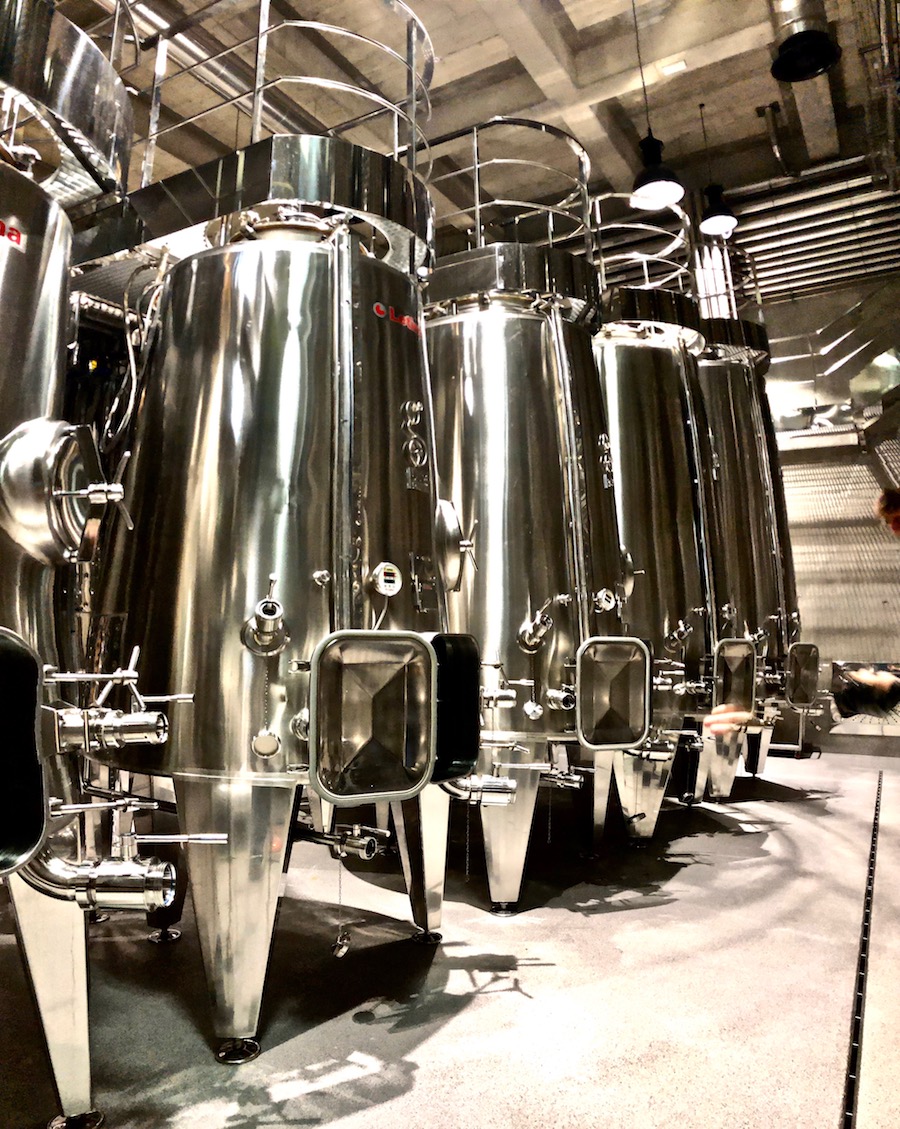
The division of stainless steel tanks is composed of various sizes, set on top of each other to achieve visual harmony. Especially interesting are small fermenters, which allow this Dalmatian oenologist to create a culture of natural yeasts or to experiment with very small volumes of various styles of wine.
It is granted that every wine container has a controlled temperature set from a laptop, or from the central console in the engine room, the heart of the entire system, the last room on the floor above this sensationally designed and equipped wine factory.
After the tour of the new winery, we tasted a dozen Galić wines in the tasting room surrounded by halls filled with barrique barrels. The tasting began with sparklings, which should be on the market in a month or two. The 2013 sparkling was made only from Pinot Nero, with almost ideal starting characteristics (around 10 grams of acids, 10.5 percent natural alcohol, Ph below 3). This is an extremely precise, especially fresh, slightly strong but a very, very good wine, with recognizable taste of dark fruits which we immediately included on the very short list of our favourite domestic sparkling wines.
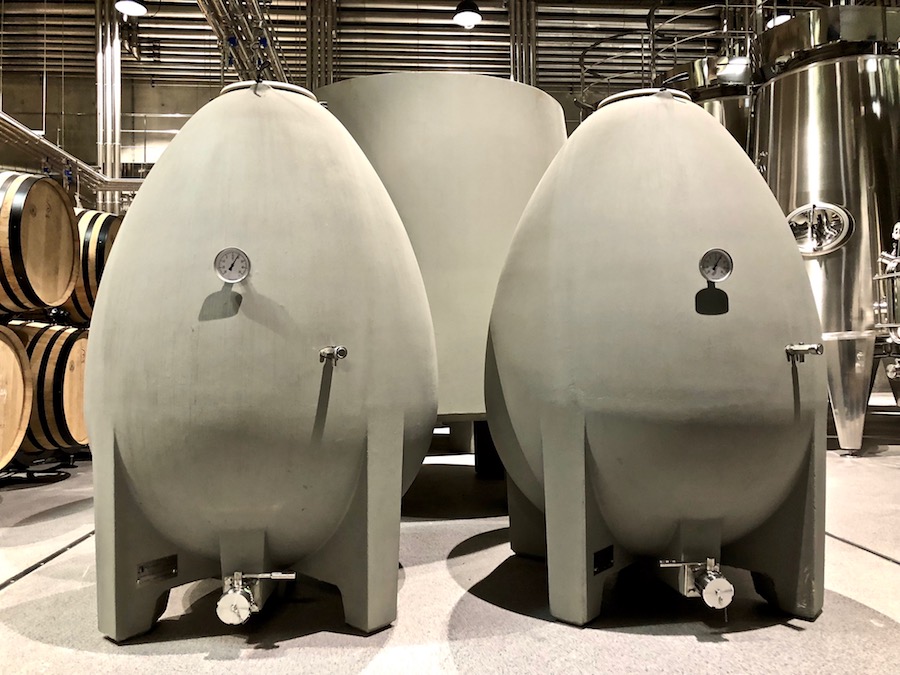
Blanc de Blancs from 2014 was made without dosage, so it is still somewhat rough. Then we tasted the recent Graševina, typical of the Galić style of fermenting the main Slavonian white variety. This wine is fresh, vibrant with pure aromas (pear, apple, chamomile) and with a pale color, without nay elements of late harvests, and without any oxidation. This year they are set to fill 60 to 65 thousand bottles of Graševina, which is mostly presold and is likely to receive high ratings.
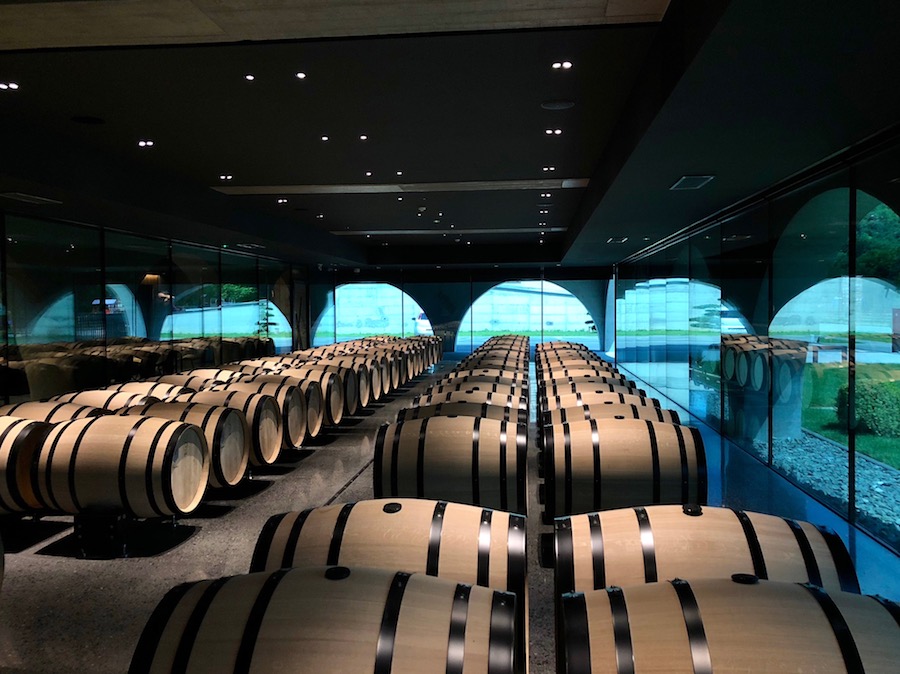
The 2016 Chardonnay is on the path of the very good Chardonnay from 2015 in which the was luckily subdued; a strategic problem of Slavonian Chardonnays is the excess of wood in the wine. Jeličić’s Chardonnay from 2015 achieved the expected breadth and creaminess of the variety, without the old fashioned insistence on oak and its aromas, and without sacrificing freshness and sparkle.
The Pinot Nero 2015 possesses pronounced intense fruit aromas which literally jump out of the glass even before you bring it to the nose. The texture, however, is not silky enough, which may improve over time, if this expressive wine gets enough time for additional aging. And the example of Crno 9 shows that Galić’s red wines truly need aging.
Other than the current one, we tasted four more harvests of Crno 9, a cuvee composed of Cabernet Sauvignon, Merlot and Cabernet Franc. The 2013 harvest is creamy, with lots of fruit and emphasized Merlot character. The 2012 harvest may turn out brilliant. On the nose it is full of black currant and macerated red and black fruit, with very ripe but also very strong tannins which will be completely integrated in the wine in three to four years.
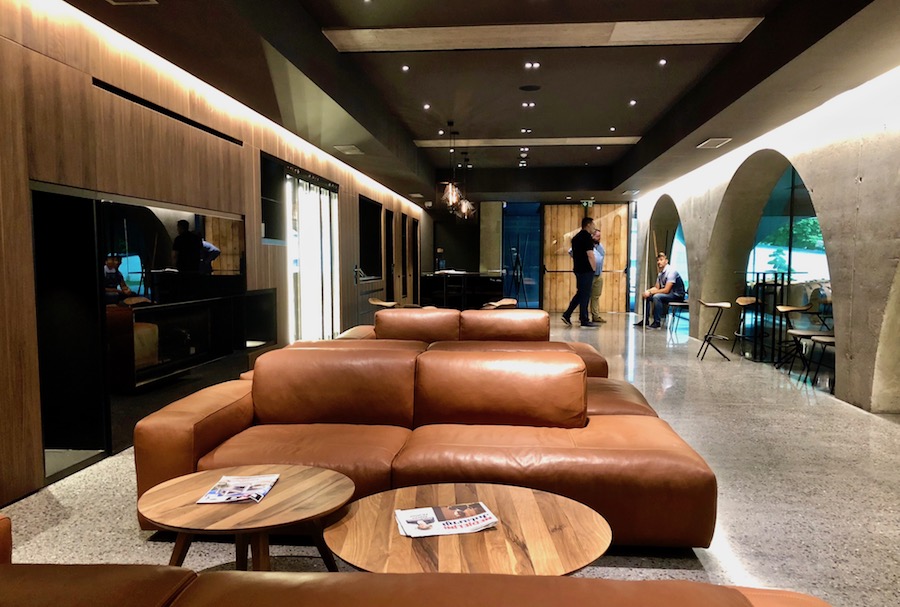
The 2011 harvest is now in optimal condition, while Crno 9 from 2008 shows a true potential for successful aging of red varieties in Slavonia. Today it is a commanding, ripe wine with a lovely velvet texture, which elegantly combines fruit elements with typical tertiary aroma notes such as truffles and forest soil. If there was enough of this wine for the market, the better restaurants would seize it right away.
Galić wines are good to very good, and potentially, with time, they can become excellent, with not ideal technical conditions. However, the significance of his investments in the current depressive and impoverished Slavonia, the significance of introducing the highest technology and importance of revitalization of abandoned spaces or the creation of completely new production resources, far exceeds the importance of the very quality of wine. Wine can in this case become a flywheel of social development. This is why the new Galić winery is truly important.
Translated from Plava Kamenica, for the original click here.

